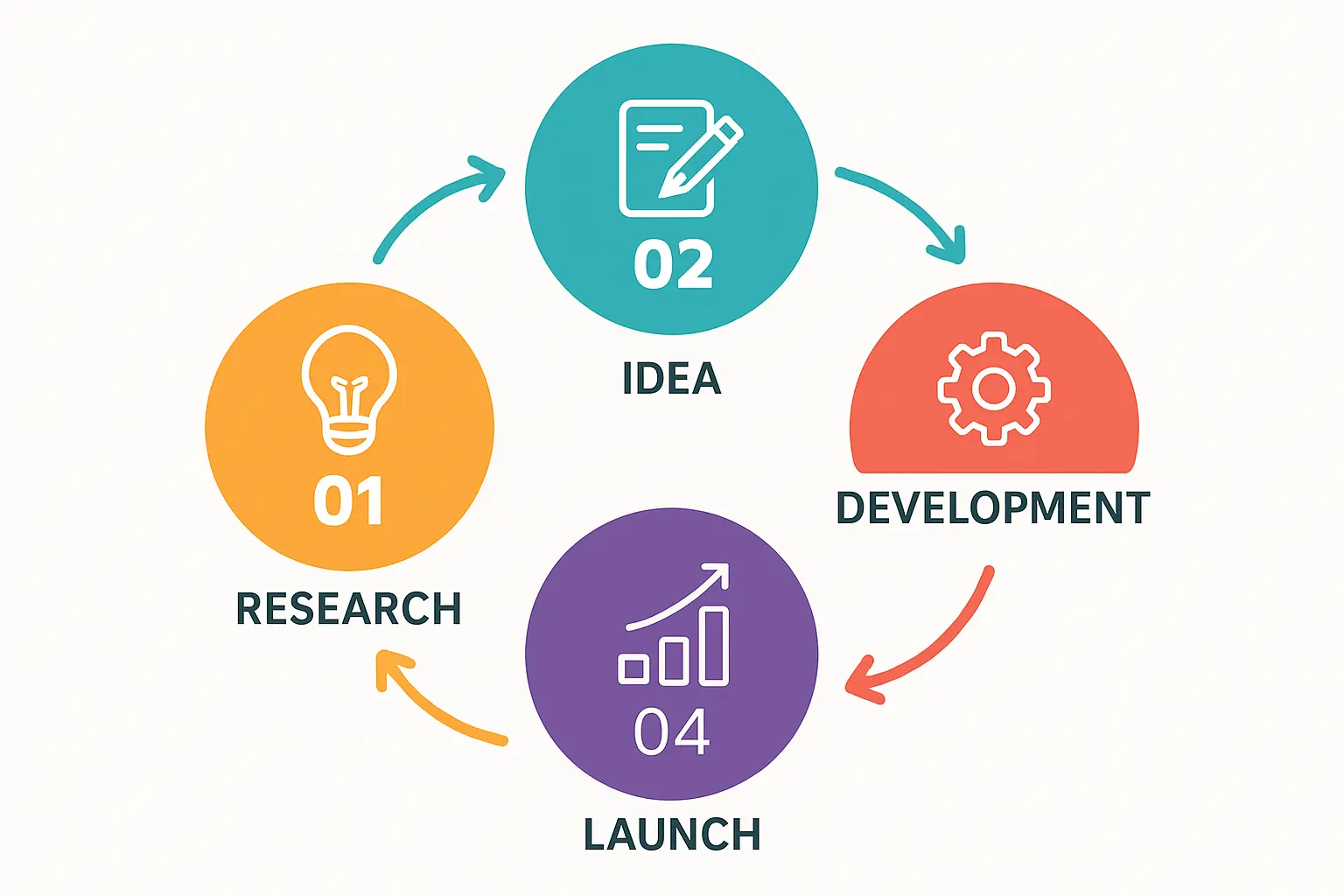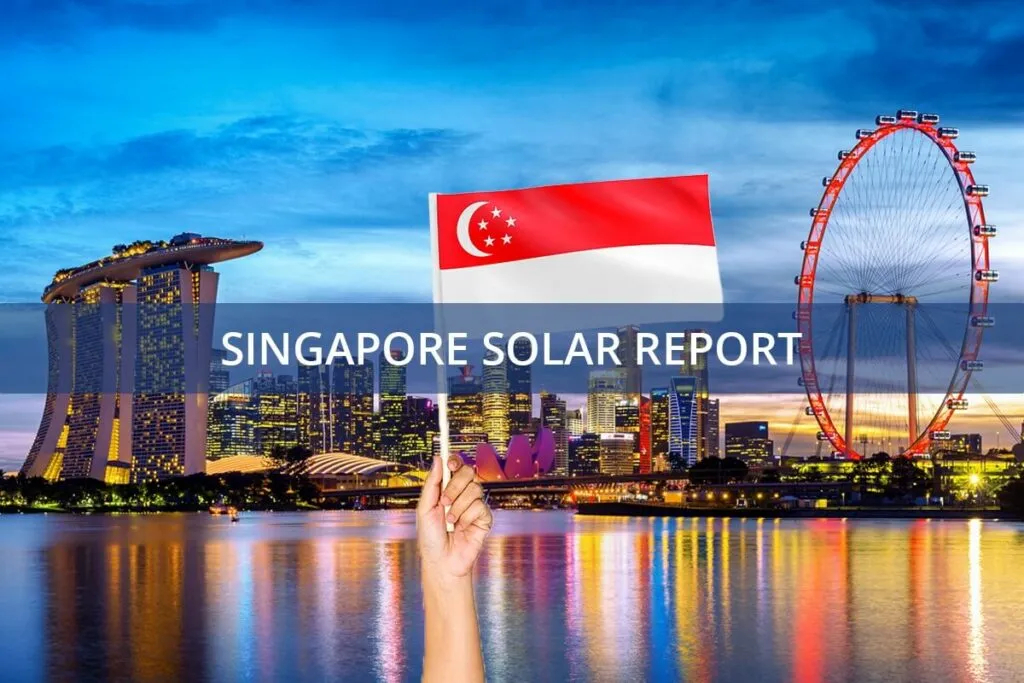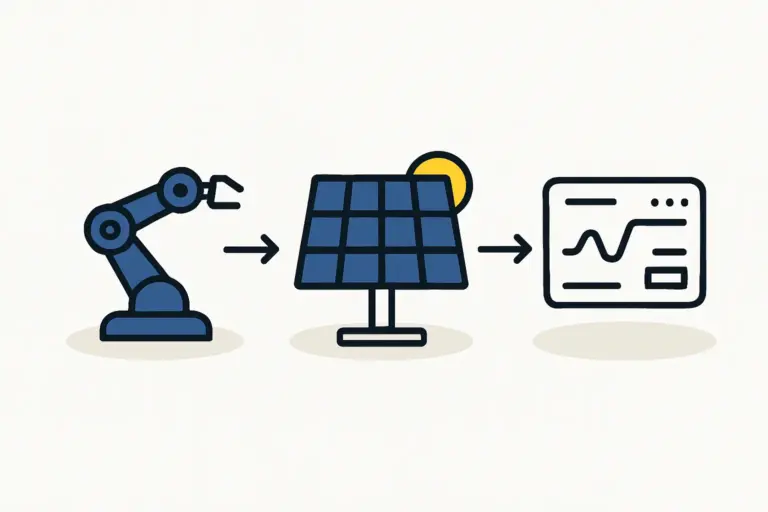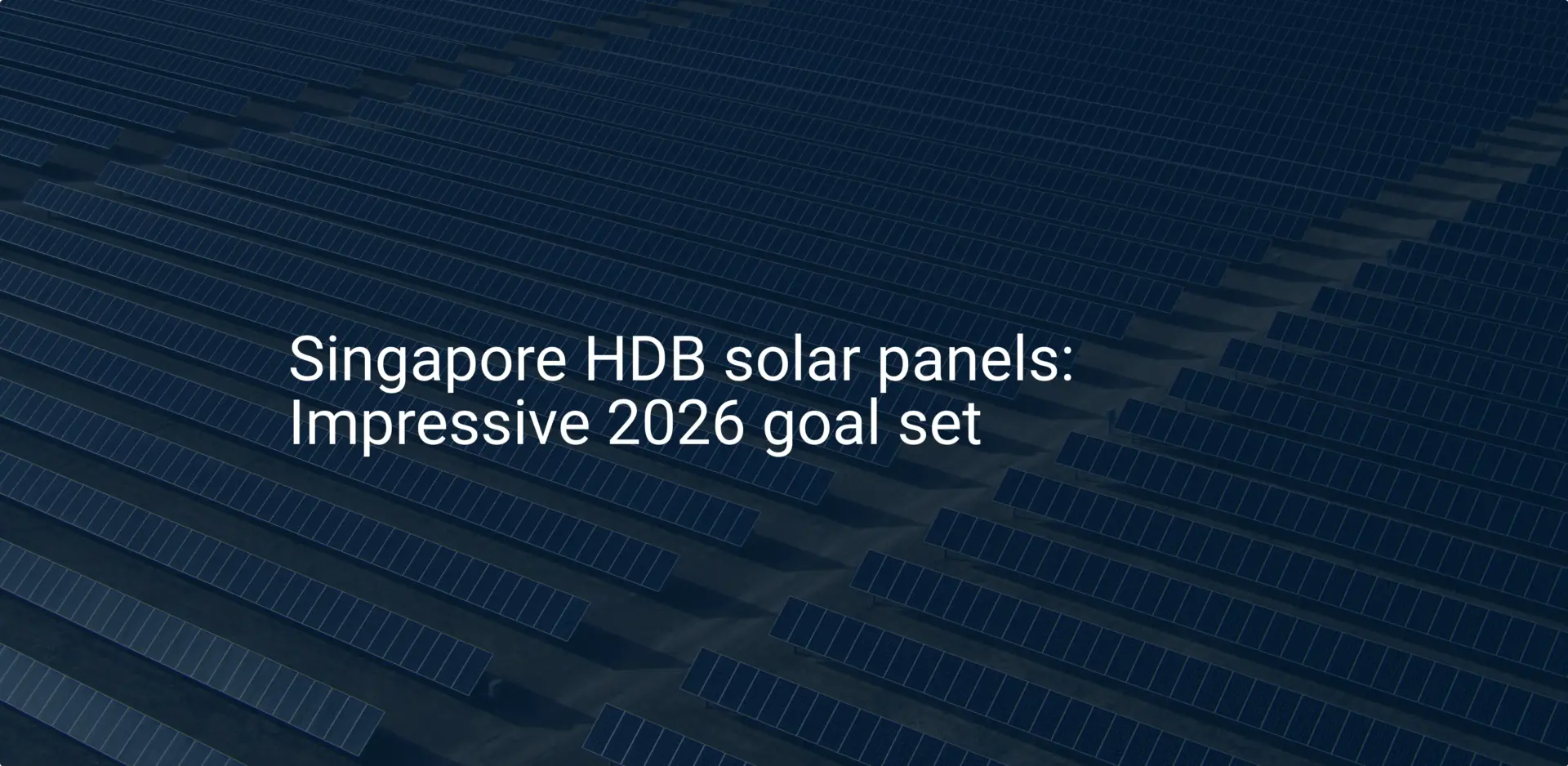Many entrepreneurs exploring the solar manufacturing sector initially focus on regions with low labor costs or vast domestic markets. However, a select group of strategic investors is pursuing a different model—one centered on political stability, technological innovation, and exceptional supply chain infrastructure. For these investors, Singapore presents a compelling, if not immediately obvious, opportunity.
The city-state is not merely a financial hub; it is an active architect of its industrial future. Through its Economic Development Board (EDB), Singapore strategically cultivates high-value manufacturing sectors, including photovoltaics. This guide breaks down the framework of support offered by the EDB and outlines how international investors can align their projects with Singapore’s vision to secure significant, long-term advantages.
Why Singapore Actively Courts Solar Manufacturing
Understanding the EDB’s incentives begins with understanding Singapore’s national strategy. The country has deliberately moved away from labor-intensive industries towards a knowledge-based economy focused on high-value, complex manufacturing. Solar photovoltaic (PV) production, especially with its increasing emphasis on automation and cell efficiency, fits perfectly within this model.
This focus is formalized in national initiatives like the Singapore Green Plan 2030, which seeks to advance the country’s sustainable development goals. By attracting advanced PV manufacturing, Singapore aims to:
- Anchor a key green technology sector: Establishing itself as a regional leader in renewable energy hardware.
- Create high-skill jobs: Prioritizing roles in engineering, R&D, and robotics over manual assembly.
- Enhance supply chain resilience: Building local production capacity for critical components in the global green transition.
An investor proposing a factory in Singapore is therefore not just setting up a business; they are contributing to a carefully planned national objective.
Understanding the Economic Development Board (EDB)
The EDB is the lead government agency responsible for planning and executing strategies to enhance Singapore’s position as a global business center. It is crucial to see the EDB not as a simple grant-dispensing body, but as a strategic partner.
With a mandate to foster sustainable economic growth, the EDB evaluates proposals based on their long-term contribution to Singapore’s economy, looking for projects that demonstrate:
- Technological Advancement: Introduction of new manufacturing processes (e.g., TOPCon, HJT) or R&D capabilities.
- Economic Contribution: A significant commitment to capital investment and the creation of skilled employment for the local workforce.
- Strategic Alignment: A clear fit with Singapore’s vision for a sustainable and innovative industrial base.
Key EDB Incentives Applicable to PV Manufacturing
The EDB offers a suite of incentives designed to de-risk investment and foster innovation. These are not one-size-fits-all grants but are tailored to the specific value proposition of each project.
Tax Incentives: The Pioneer Certificate Programme (PCP)
For companies bringing genuinely new technologies or capabilities to Singapore, the Pioneer Certificate Programme is one of the most powerful incentives available. It offers a corporate tax exemption on qualifying profits for up to 15 years.
- Eligibility: This status is reserved for companies that contribute significantly to the economy and introduce leading-edge technology or skills. A proposal for a factory producing next-generation, high-efficiency solar modules would be a strong candidate.
- Business Impact: This incentive fundamentally changes the financial model of a new factory, improving the return on the initial capital investment and accelerating the path to profitability.
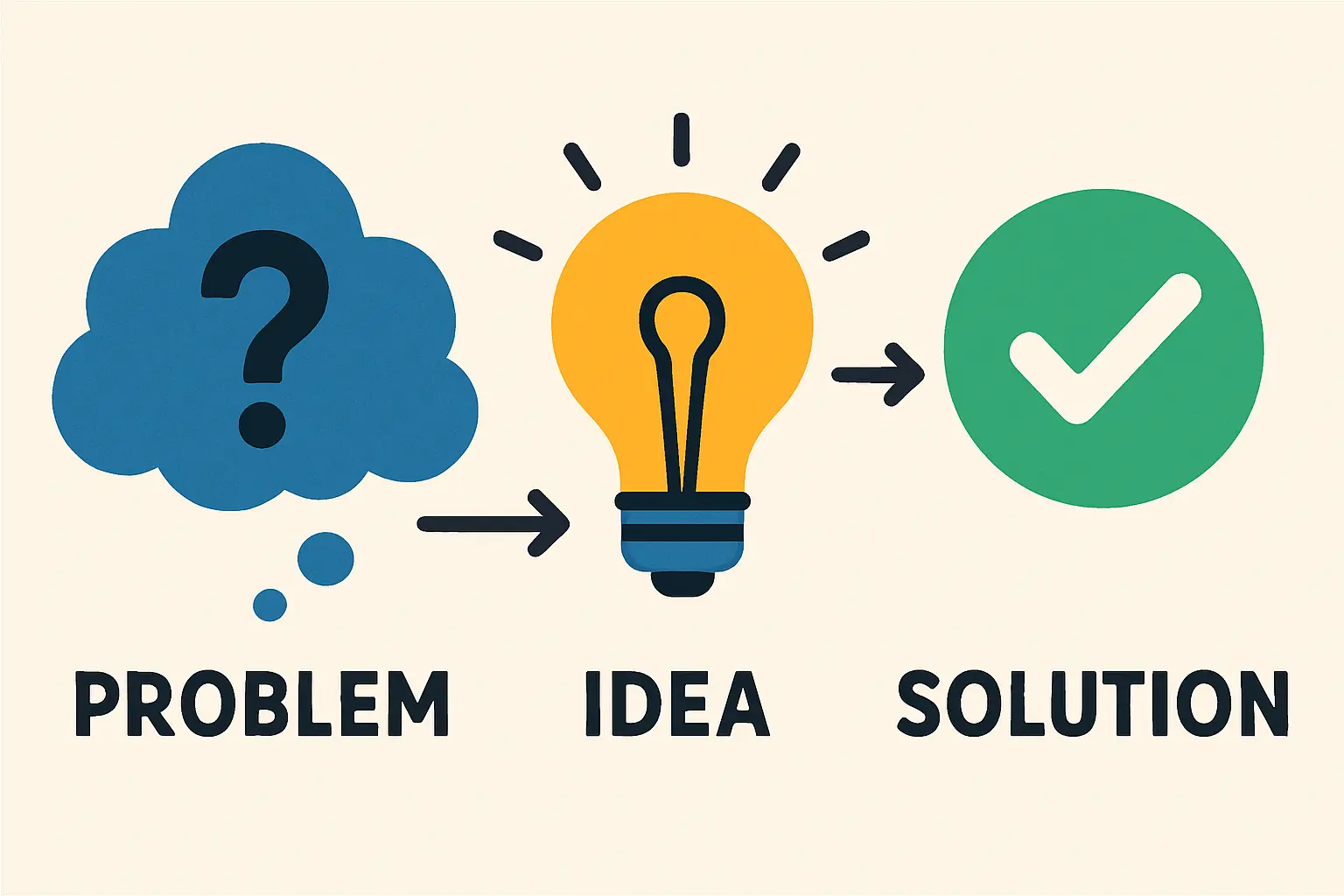
Grant Support: Research & Development (R&D) Grants
The EDB actively encourages companies to establish R&D activities alongside manufacturing. Grants are available to co-fund projects that develop new products, processes, or technologies.
- Eligibility: Eligibility hinges on a well-defined R&D roadmap, often involving collaboration with local research institutions like the Solar Energy Research Institute of Singapore (SERIS).
- Business Relevance: This support allows a new factory to be positioned as a center of excellence, not just a production facility. It enables the business to stay ahead of the technology curve and develop proprietary intellectual property.
The Enterprise Development Grant (EDG)
Designed to help companies upgrade, innovate, and expand, the EDG can be applied to core development areas for a new PV factory.
- Purpose: The grant supports projects in three key pillars: Core Capabilities, Innovation and Productivity, and Market Access.
- PV Application: Funding can be used to implement advanced automation, robotics, or Manufacturing Execution Systems (MES) to improve production efficiency and quality control—critical factors in a competitive market.
Talent and Training Support
Recognizing that skilled labor is a critical asset, the EDB supports companies in training and upskilling the local workforce. Schemes are available to co-fund the costs of sending Singaporean engineers and technicians for specialized training, either locally or overseas. This directly addresses the operational challenge of building a competent technical team from the ground up.
The Application Process: A Strategic Approach
Securing EDB support is less about paperwork and more about building a compelling strategic case. The process is typically consultative and unfolds in stages.
Step 1: Preliminary Engagement
The process begins with initial discussions with EDB officers to present the project concept and gauge its alignment with Singapore’s priorities.
Step 2: Crafting the Business Proposal
This is the most critical stage. The EDB expects a detailed proposal that goes far beyond basic financials. A comprehensive business plan is essential, and it must specifically detail:
- The technology to be employed and its competitive advantage.
- A comprehensive market analysis and export strategy.
- Detailed financial projections and funding structure.
- A clear plan for hiring and training local talent.
- The project’s potential for R&D and innovation.
Step 3: Formal Application and Due Diligence
Once the proposal is submitted, the EDB conducts a thorough due diligence process, which may involve a close examination of the technology, financials, and investor backgrounds.
Step 4: The Letter of Offer
If the project is approved, the EDB will issue a Letter of Offer. This legal document details the specific incentives awarded and the corresponding commitments (e.g., investment amount, job creation targets) the company must meet over a set period.
